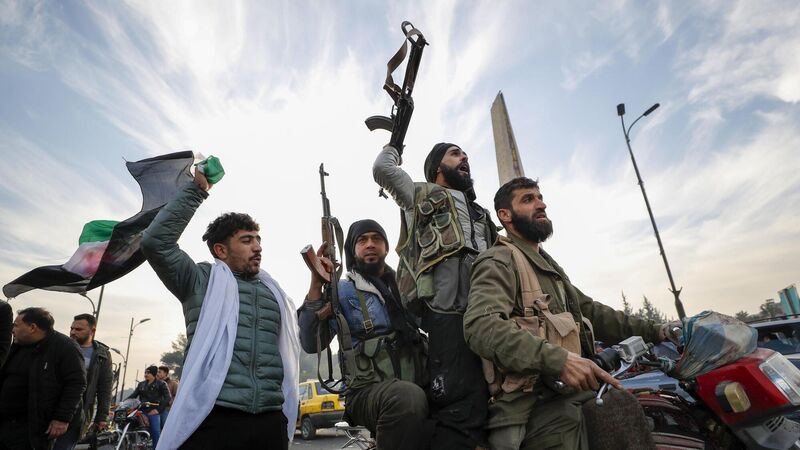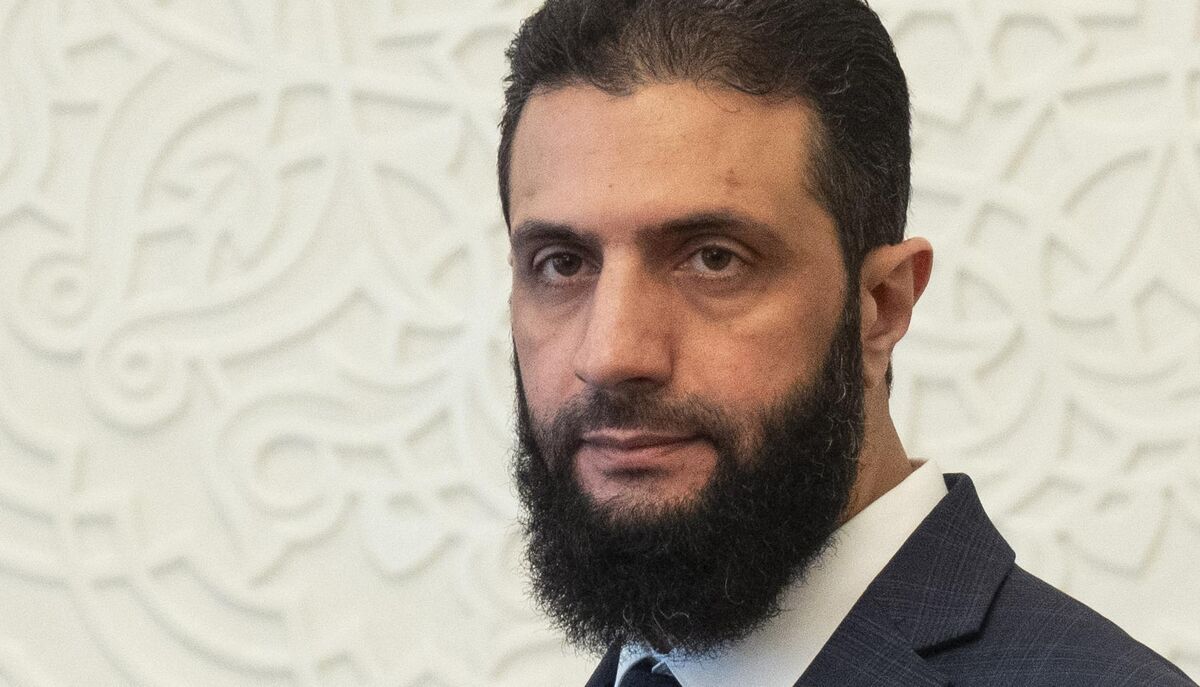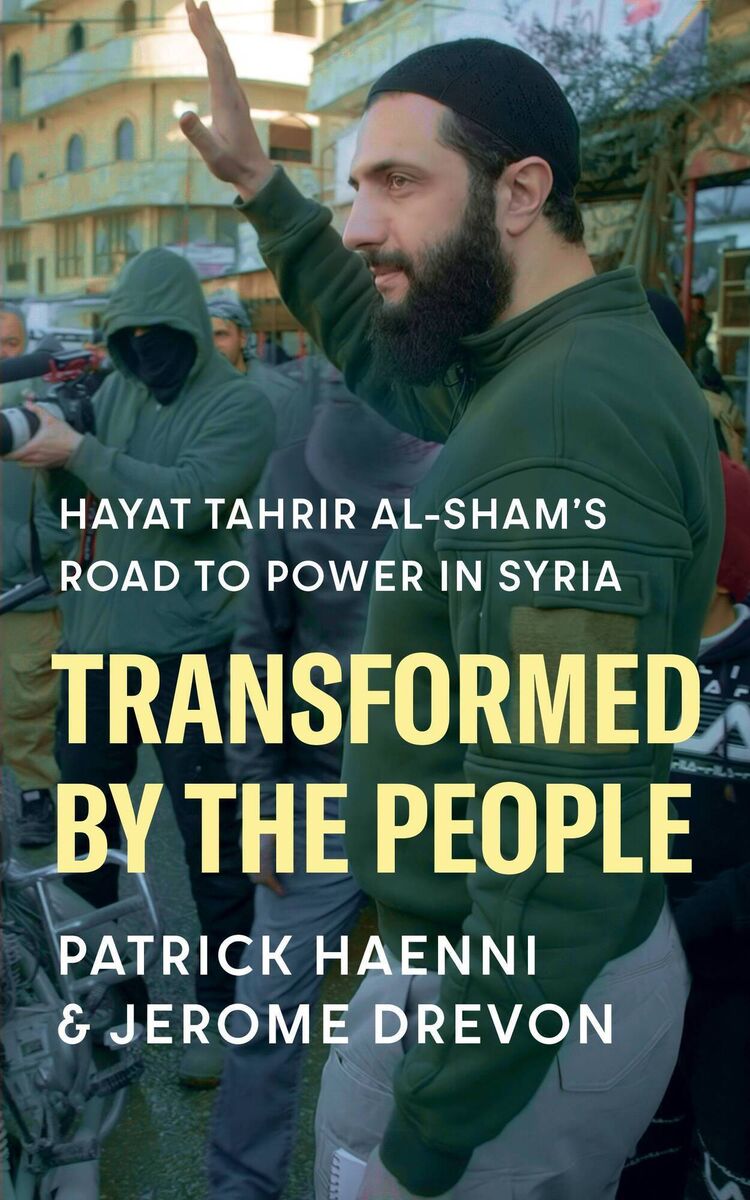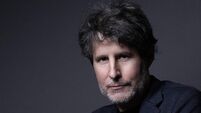Understanding the ‘extreme centre’ of Syria after Assad

Opposition fighters celebrate after the Syrian government collapsed in Damascus in December 2024. File picture: Omar Sanadiki/ AP
- Transformed by the People
- Patrick Haenni and Jerome Drevon
- Hurst, €23.99
This past February, the UN development programme published .
The report assessed the impact of almost 14 years of conflict in Syria, noting that nine out of 10 Syrians presently live in poverty and face food insecurity; 50% of the country’s infrastructure has been destroyed or rendered dysfunctional, and 75% of the population now depends on some form of humanitarian aid.


This has seen al-Sharaa occasionally draw from the authoritarian playbook — applying security pressure, conducting arrests, and delegitimising certain opposition actors.
BOOKS & MORE
Check out our Books Hub where you will find the latest news, reviews, features, opinions and analysis on all things books from the Irish Examiner's team of specialist writers, columnists and contributors.







